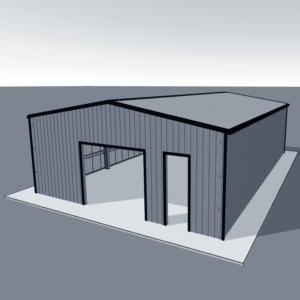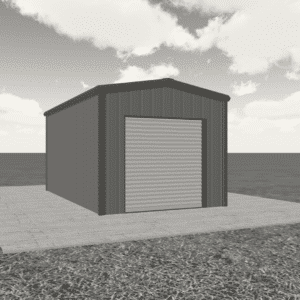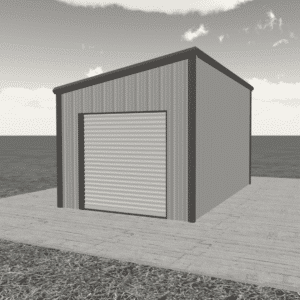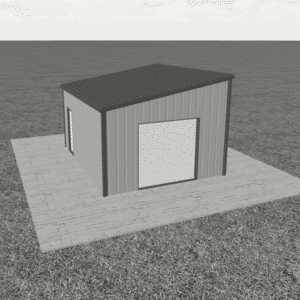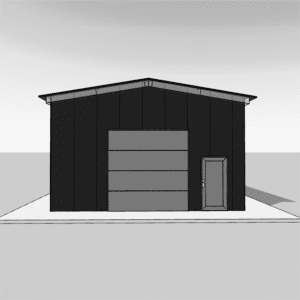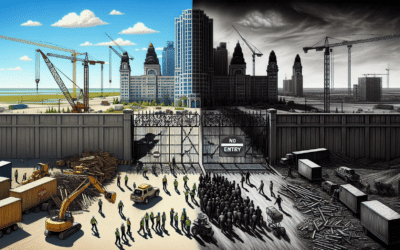Revamping Winnipeg: A Deep Dive into the Arlington Bridge Project
It is an exciting time for Winnipeg, the vibrant capital of Manitoba. The city is bracing itself for a significant infrastructure reform—the demolition and replacement of the historic Arlington Bridge. Winnipeg Mayor Scott Gillingham and his council recently approved an amended city budget which allocates funding for this substantial project.
Understanding the Decision
The Arlington Bridge, completed in 1911, is a classic example of early 20th-century engineering. This steel bridge, overlooking rail cars and flanked by a pristine winter landscape, has been an iconic part of Winnipeg for over a century. However, time has taken its toll on the structure, necessitating its demolition and subsequent replacement.
Why is the Arlington Bridge Undergoing Demolition?
To understand the need for this project, let’s first consider the critical role bridges play in a city’s infrastructure. They serve as essential connections—road arteries that aid seamless transportation. As such, their condition directly impacts the standard of life and overall growth of the city.
The Arlington Bridge, as structurally sound as it appeared to be, showed signs of aging. It became clear that the cost of constant repairs and maintenance would soon outweigh that of a completely new structure. Thus, to ensure sustained mobility and to accommodate future developments, the council decided to replace this historic landmark.
Looking Ahead: The New Arlington Bridge
The new Arlington Bridge project is predicated on not merely replacing the old structure but designing a future-proof bridge that accounts for Winnipeg’s growth. The reimagined bridge will not only support current residents but will also accommodate future population growth, urban advancements, and technological improvements.[YourBuildingTeam.com]
Significance for Construction and Real Estate Development
The Arlington Bridge demolition and replacement present numerous opportunities for the construction and real estate industries. Infrastructure developments of such magnitude attract investors, businesses, and new residents to the city, stimulating the local economy, including the real estate market. Steps have been made to partner with various steel building and construction companies in Manitoba.
By incorporating state-of-the-art design and engineering methodologies, the new Arlington Bridge will not only strengthen Winnipeg’s infrastructure but also serve as an impressive addition to the city skyline. This project is expected to have a considerable positive impact on surrounding property values and development prospects. For those in the real estate and construction sectors, these projects open up new opportunities for business, partnerships, and growth.
A Boost for Winnipeg’s Economy
Construction projects of this scale often act as catalysts for local economies. By creating jobs and attracting investments, these projects boost economic growth. The Arlington Bridge replacement project stands as an example of how thoughtful urban planning and infrastructure development can drive economic prosperity.
The Future of Construction in Manitoba
The Arlington Bridge project is a beacon for future constructions in Manitoba. By example, it instills respect for history and tradition while acknowledging the need for modernity and growth. The project symbolizes the harmonizing of both worlds—a lesson for all upcoming developments in the region.
A Call to Action
As part of our community conversation, we’d love to hear from our readers. What are your thoughts on Winnipeg’s decision to replace the Arlington Bridge? How will it impact the real estate landscape in Manitoba? Please share your opinions, queries or experiences related to this or other construction projects in Manitoba. Your feedback could offer invaluable insights for our future discussions.
For further information about the Arlington Bridge project, visit this source.



